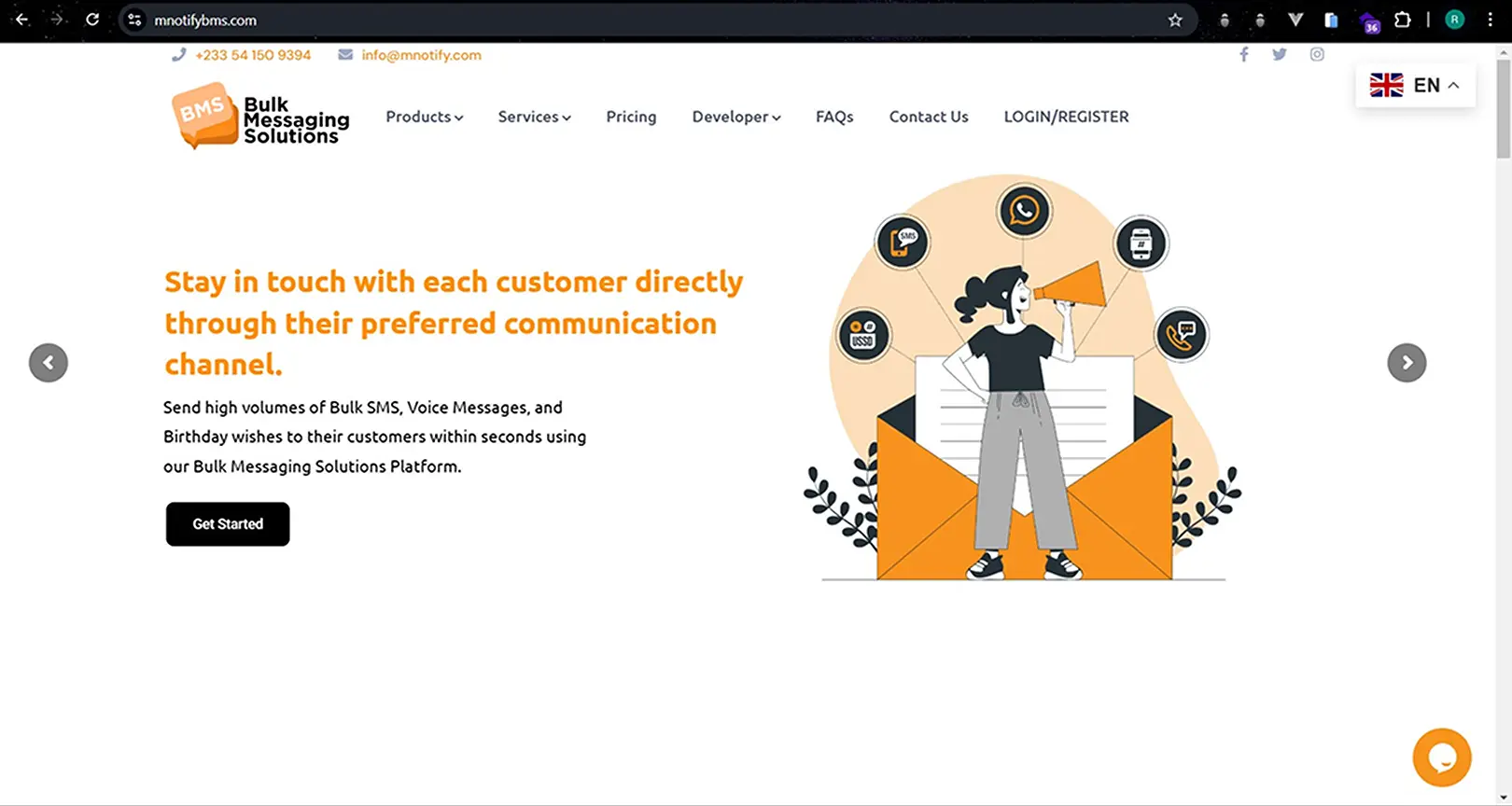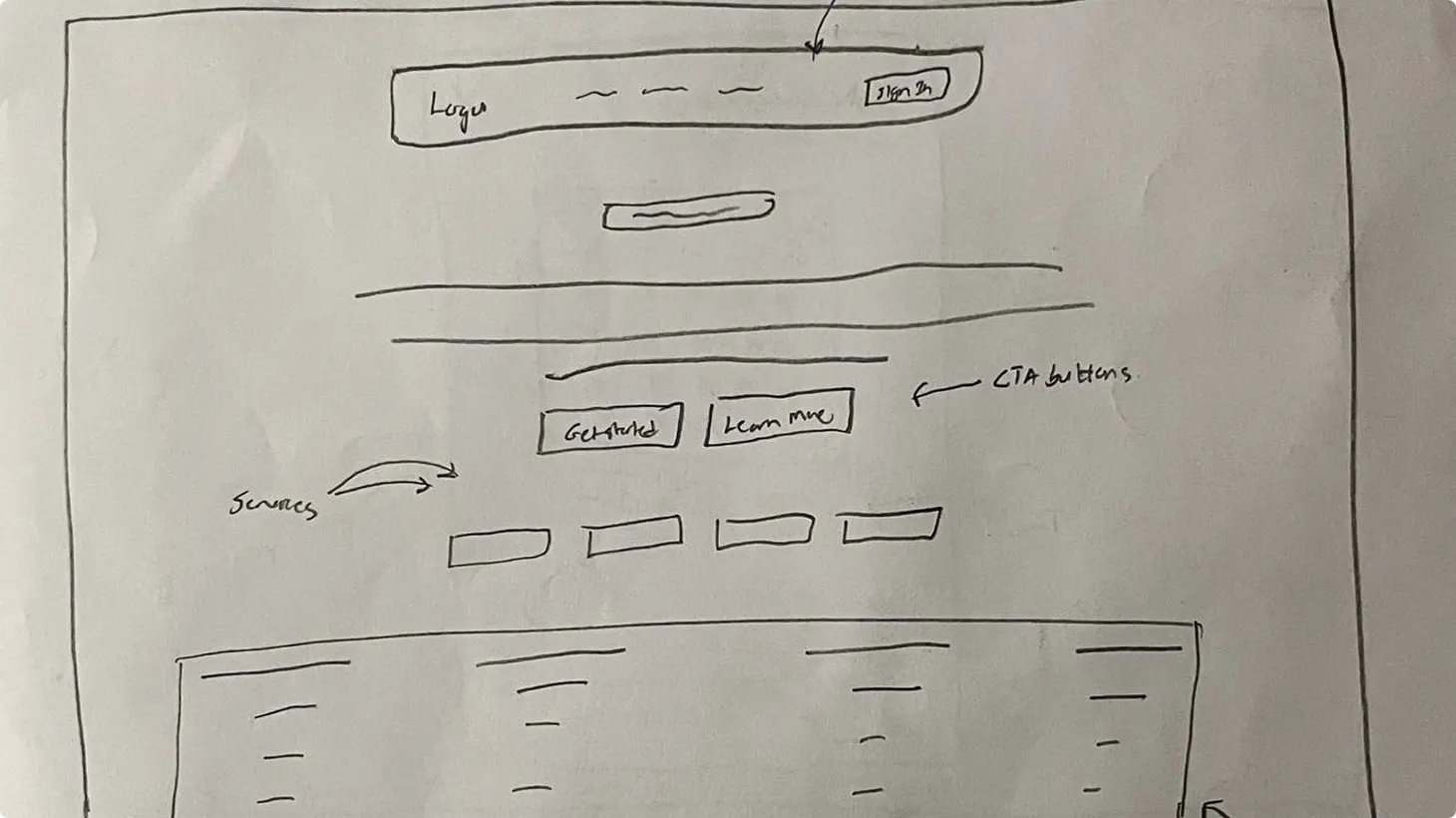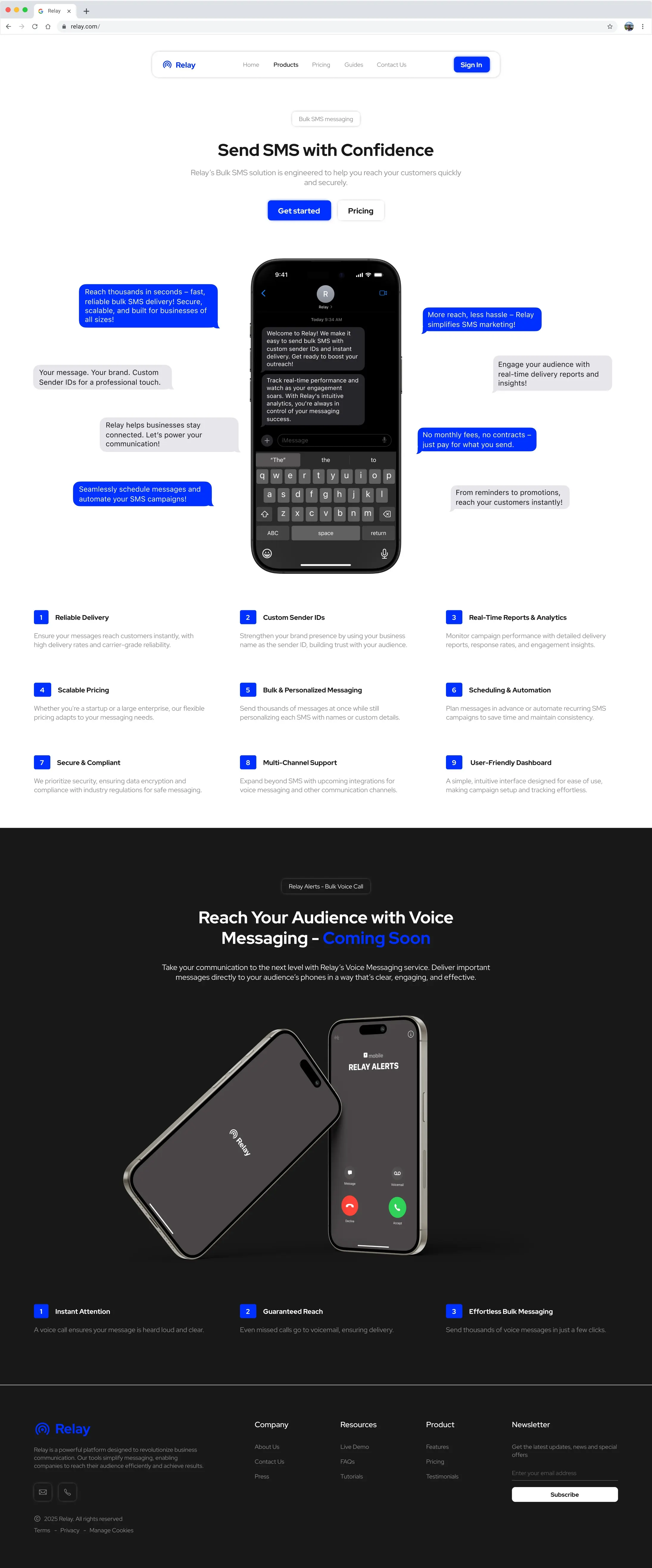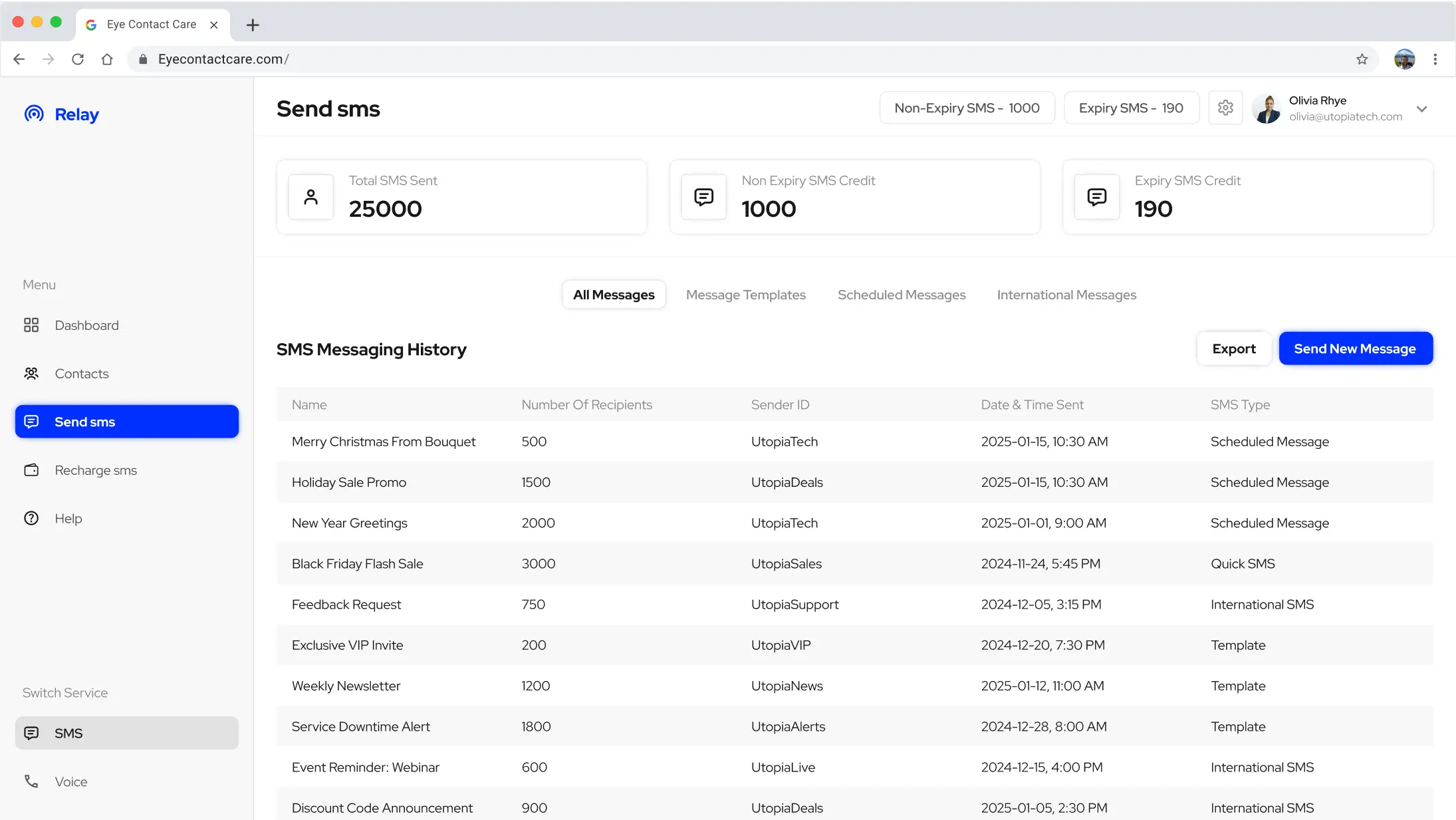2025
Relay — Making Bulk SMS Simple for Businesses
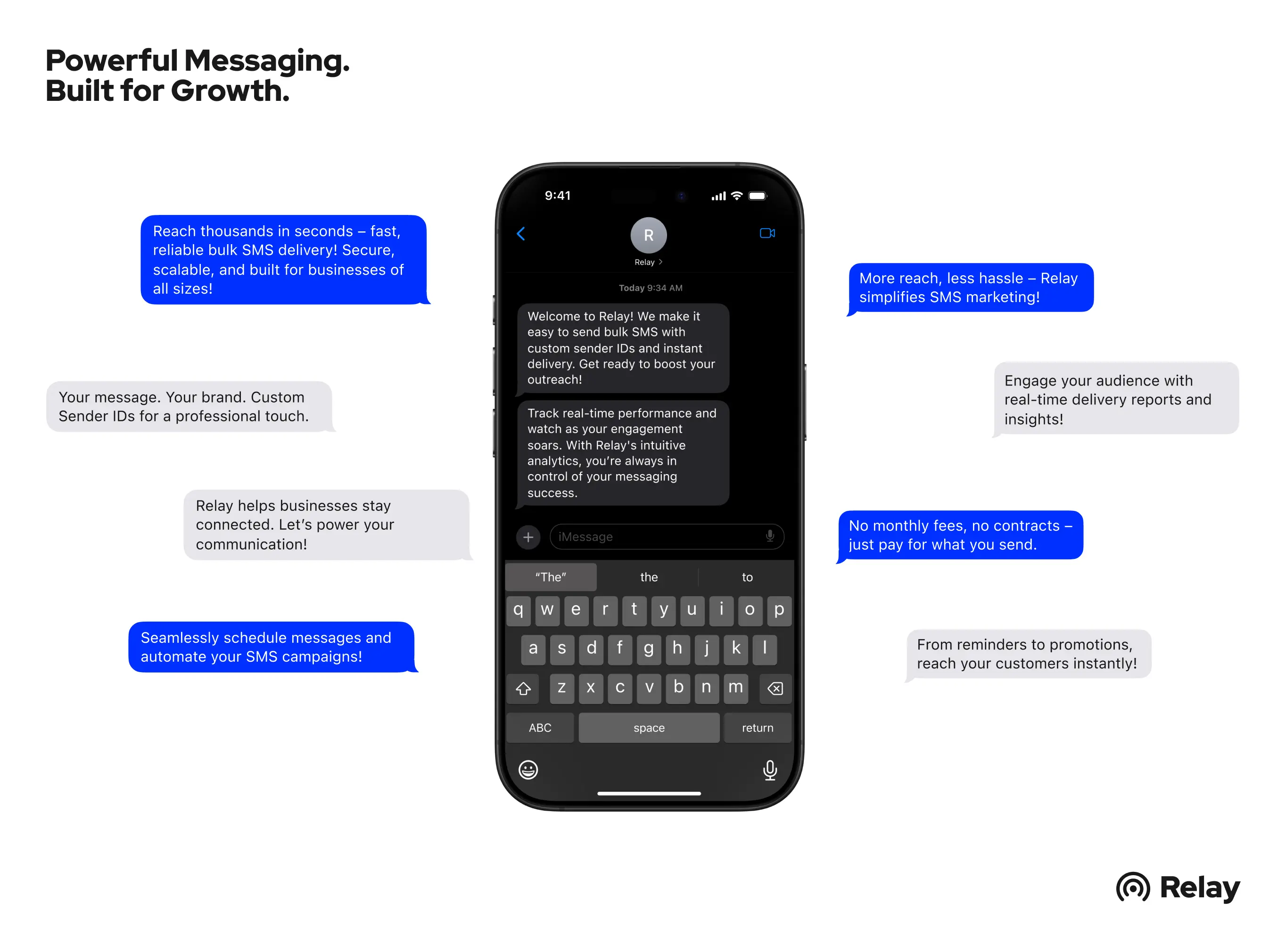
Why Relay?
The company(Utopia Tech) wanted to tap into new revenue streams by expanding its SaaS offerings. An opportunity was seen to create a bulk SMS platform that could serve businesses looking to simplify their communications with customers. After researching existing platforms, partnerships were established to leverage their APIs and create a tailored service that worked better for our needs. The goal was to design the companies own custom experience that wasn’t just functional, but also simple to use. That’s where I came in. I was tasked to design a cleaner interface that anyone could navigate, whether they were seasoned marketers or small business owners sending their first bulk SMS.

Did you do any research?
We did some research to understand the space and where existing platforms were falling short. We examined a few popular bulk SMS services in Ghana to see what worked and where they could improve design wise. We didn’t dive into extensive user interviews at this stage, but we did look into customer feedback on those platforms, identifying common pain points like cluttered interfaces and and the possibility of simplifying certain workflows. This gave us a direction for the design—keep it simple, intuitive, and focused on what users actually needed.
What was broken?
Existing bulk SMS platforms were mostly cluttered with some having inconsistent UI. You could tell the focus was more geared towards functionality against user experience. We wanted to fix that and consider it in the design of our product by simplifying the interface and the processes—no more clutter, just the tools that were most important for businesses to send, track, and manage SMS campaigns with ease.
Why did you build it this way?
We wanted to build something that didn’t just work but worked well for the user. The approach was simple: create a simple, no-frills platform where businesses could get in, create their campaigns, and get results without being bogged down by too many options or a steep learning curve. We kept the user in mind at every step, ensuring the interface was clean, with only the essential actions highlighted on the dashboard. It needed to feel like a tool businesses would actually enjoy using, not just another software to figure out.
How did you approach the design?
I worked to create a dashboard with clear, actionable buttons and minimal distractions. The idea was to make sure that when a user logged in, they immediately knew what to do next—whether that was sending a campaign, viewing a report, or scheduling future messages. I focused on a layout that felt calm and organized, with easy-to-read typography and a straightforward color palette to guide the user through the app. Every feature was designed with one thing in mind: simplicity.
What’s inside?
- Campaign Creation: A straightforward interface to design, personalize, and schedule SMS campaigns.
- Scheduling & Automation: Send messages at optimal times and set up recurring campaigns for consistency.
- Reporting: Basic, easy-to-understand reports on campaign information so businesses can see their campaign details without the jargon.
- Scalable for Growth: The ability to scale as businesses grow, with features that allow for easy upgrades.
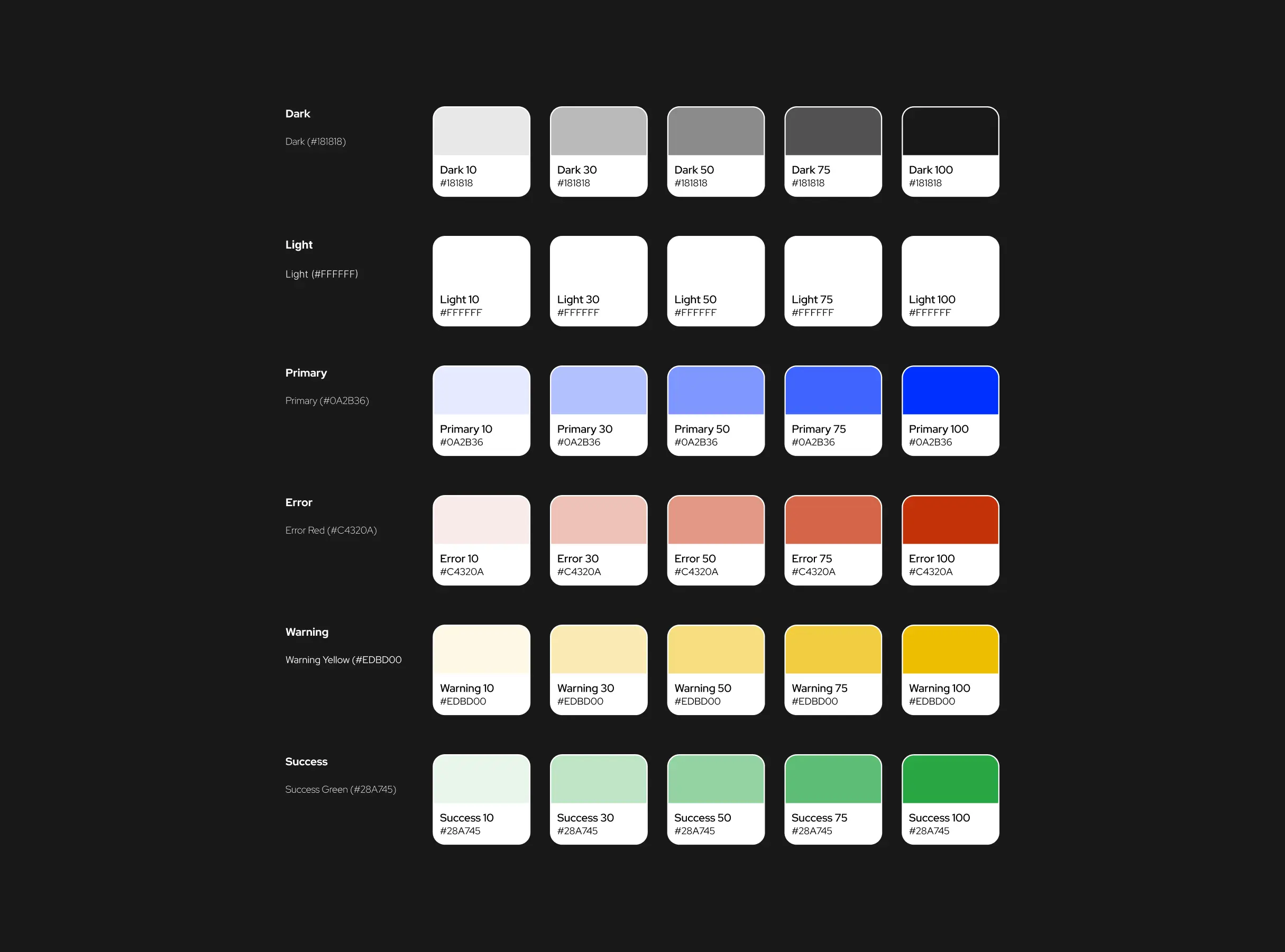
Colors
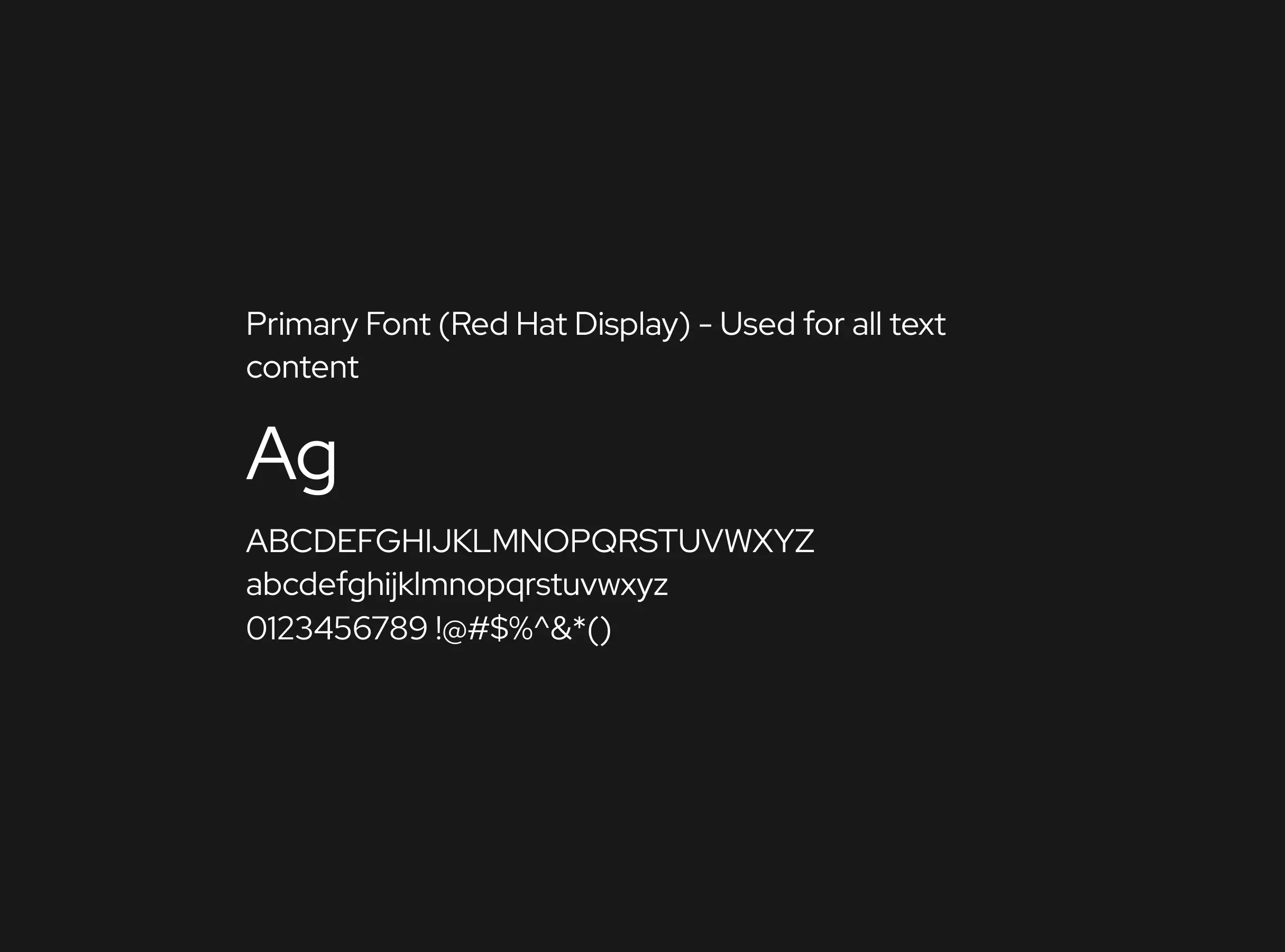
Typography
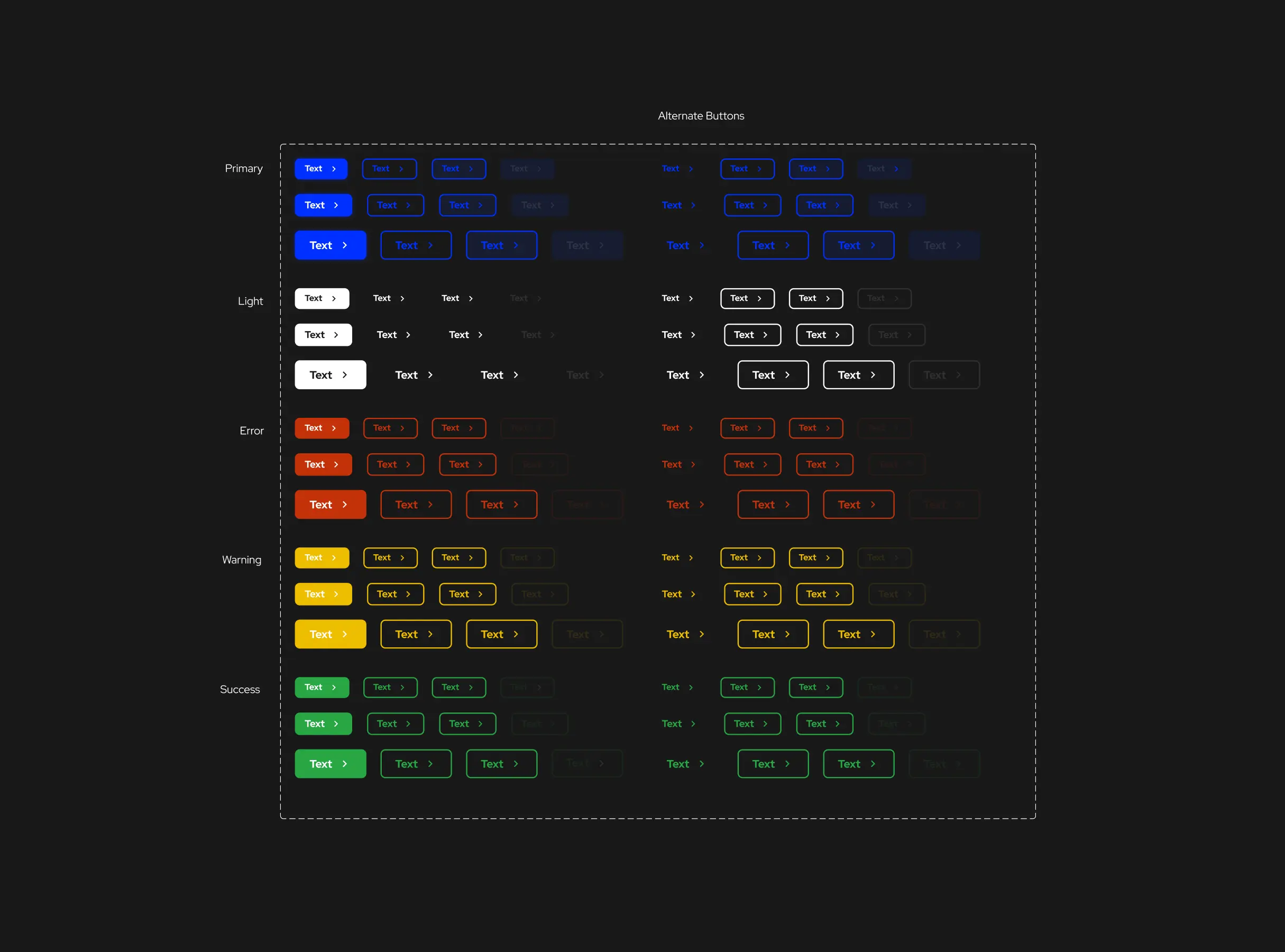
Buttons
Figma Preview

Why does it matter?
A lot of businesses struggle with finding an SMS tool that’s both powerful and easy to use. Relay solves this by cutting through the clutter and giving users a very simple experience that makes bulk SMS campaigns feel less like a chore. It helps businesses save time, stay organized, and engage with their customers effectively, all while providing a simple interface that doesn’t overwhelm them with unnecessary options.
What did you learn?
The biggest takeaway was the importance of simplicity. Even though we were creating a SaaS product, we didn’t need to overwhelm the user with too many features. The key was ensuring the platform was easy to use and gave businesses exactly what they needed without all the extra noise. I also learned how crucial it is to make things scalable from the start, so businesses can grow with the platform instead of outgrowing it.
What’s next?
The next steps are to test it out with real users, gather feedback, iterate where needed and proceed to development. We’ll refine the user experience based on their responses and eventually roll out more advanced features and products embedded into Relay. Ultimately, we want to make Relay not just a good SMS platform but a complete communication tool that businesses can rely on.
